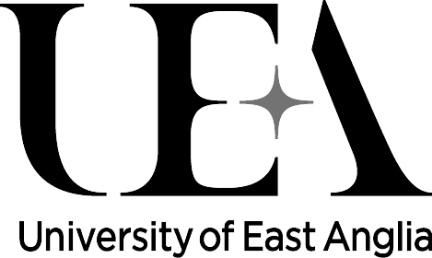Professor of Medicinal Chemistry
One of the main focuses of the laboratory is the targeting of DNA as a potential route to therapeutically useful molecules. Many clinically used antitumour agents depend on the disruption of nucleic acid associated processes to exert their effects. In the future, new agents that have lower side effects and are more focussed on single targets (either genes or structures) will be required and this is a subject of investigation.
We are interested in both synthetic molecules and natural products and combine studies of synthesis, biophysical and biochemical properties. In 2006, in collaboration with Christine Cardin at Reading University, we disclosed the first structure of a molecule binding to the four-way Holliday junction through a novel mode of action.[1] In 2011, we followed this with the first molecule that can promote the assembly of the junction at room temperature.[2] This compound was derived from a click chemistry approach that led to a series of compounds that could bind to various DNA structures, from duplexes to G-quadruplexes via junctions.[3]
Molecules that bind to double stranded DNA still have potential as antitumour agents. Almost 10 years ago, with Laurence Patterson of the Bradford Institute for Cancer Therapeutics, Searcey proposed that the duocarmycins, ultrapotent antitumour natural products, could be redesigned to become prodrugs that were activated by bio-oxidative processes in cancer cells.[4] Working with the Bradford team, we have demonstrated that this is indeed the case [5] and have shown that the prodrugs have antitumour activity in cells expressing cytochrome P450 enzymes [6].
Visit my website
References
[1] Angew. Chem. Int. Ed. Eng. 2007, 46, 3850-3854; [2] Chem. Commun. 2011, 47, 8262-8264; [3] ChemMedChem, 2012, 7, 792-804; [4] Current Medicinal Chemistry – Anticancer Agents 2004 4, 457-460; [5] Chem. Commun. 2011, 47, 12062-12064; [6] J. Med. Chem. 2013, 56, 6273-6277.

